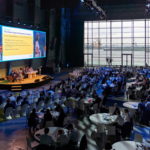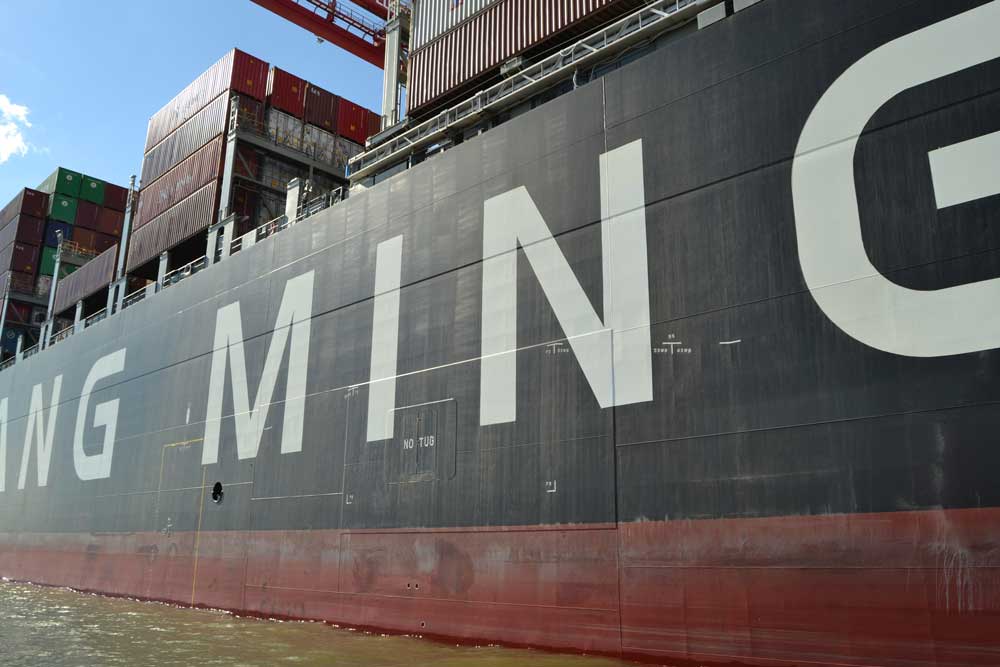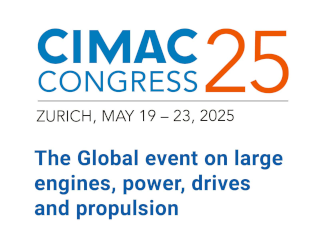The European Commission has published the proposal for the next »Connecting Europe Facility« (CEF II) – with 30.6 bn € for the transport envelope. Seaports both welcome the plan and urge action
The proposal sets out the objectives of the financial instrument and the funding modalities. In total, the Commission proposed a[ds_preview] CEF budget of 42.3 bn € for 2021-2027. According to the European Sea Ports Organization (ESPO) it supports three overarching transport objectives: the development of projects of common interest relating to efficient and interconnected networks – with a focus on core network, 60% of the budget, the infrastructure for smart, sustainable, inclusive, safe and secure mobility (core and comprehensive network, 40% of the budget) and the adaption of the TEN-T network to military mobility needs.
Shortly after the publication, ESPO welcomed the new proposal. »The budgetary envelope, the integration of missing ports in the corridors, the rebalancing between the investments in basic infrastructure and the investments in smart, efficient and sustainable infrastructure projects, the focus on climate-proof investments and the synergies between transport, energy and digital are all elements to be supported by ESPO«, it was stated.
The new CEF proposal is clearly prioritising cross-border projects, both in the identification of projects as in the levels of co-funding. However, ESPO believes that the definition of the »cross-border« element should not be limited to the land-based connections, but should include the cross-border impact of projects, as well as the maritime dimension. The organization added, seaports must be seen as internationally cross-border in nature and thus be placed on an equal priority with other cross-border projects.
»We welcome the new Commission proposal on CEF as a good basis for addressing the huge investments requirements ports are facing at the moment. While we are supporting the general priorities of the new proposal in terms of strengthening the connectivity, the efficiency, sustainability and smart mobility, we must focus on applying these concepts in the right way to achieve a better integration of European seaports into the network. European ports are nodes of transport, energy, industry and blue economy. We must ensure that this important and complex role of European ports as spiders in the transport web should be better reflected in the new CEF,« commented Isabelle Ryckbost, ESPO’s Secretary General in a first reaction.
The Commission proposal is going to be discussed by the European Parliament and the Council. The Commission hopes to finalise the text before the end of the legislative period (mid 2019).
48 bn € needed
In order to contribute in a constructive and substantiated manner to the preparation of the CEF II and the negotiations to follow, ESPO had already commissioned a study. The study reveals that the ports’ investment needs amount to 48 bn € for the next ten years. 73 ports which represent more than 60% of the total EU port volumes provided information on about 400 investment projects. These needs are described as being »mainly caused by external drivers«, such as growth in trade flows, new trends in the maritime industry, decarbonisation and other environmental requirements, digitalization, automation, urban development and security challenges.
»The needs are very diverse and mirror the complex and diverse role of ports in Europe. Many investments create high societal value, but the limited and slow return on investment makes external funding necessary«, ESPO said.
The wide range of investment drivers leads to a very diverse range of investment needs. In spite of this diversity, investments in basic infrastructure, maritime access infrastructure and hinterland connections account for more than half of the projects that port managing bodies foresee for the coming ten years. The study results also showed that public funding mechanisms remain a very relevant element for port managing bodies, even though innovative financial instruments are to be welcomed.
Based on the study, ESPO plead for a strong CEF reflecting several elements:
• Grants as an essential component of financing port projects with a high added value but low financial returns;
• A well-defined and transparent methodology to define EU added value, that goes beyond »cross-border« projects;
• Responsible grant management, a more rigorous cost-benefit analysis;
• A long-term vision on funding priorities allowing the ports to prepare high quality projects;
• Co-financing to be defined on the basis of the funding gap;
• The right level of endorsement: smaller projects which do not involve national or regional funding should not require prior endorsement of the member state.
»Free up more financial resources«
During the recent 15th ESPO conference, the CEO of the Port of Rotterdam Authority Allard Castelein already had called on the European Union to step up its investments in the infrastructure of ports and hinterland connections. »This will further strengthen Europe’s economy and competitive position. A port is only as strong as its hinterland connections,« Castelein emphasized. »Solid infrastructure connections to and from ports and port-industrial complexes are of crucial importance for European prosperity and employment.« That is why he called on the EU to free up more financial resources for infrastructure investments in its long-term budget. One concrete programme the CEO was referring to in this context is the expansion of the CEF to include European energy transition projects. This would ensure that ports remain future-proof, healthy and competitive. With this recommendation, Castelein joined ESPO and 40 partner organisations, who recently made a likeminded call in Ljubljana.
In addition, Castelein drew attention to the challenges faced in the area of geopolitics, digitalization and the task of energy transition. To realise the targets set out in the Paris Agreement, Castelein called on ports to take their responsibility and show leadership. »Nevertheless, for a true, systemic change, we need to do more,« noted Castelein. »In this major transition, we are completely dependent on each other. No organisation can realise the energy transition on its own. It requires us to all put sustainability high on the agenda. The need to make this energy transition is so urgent that in addition to collaboration and decisive action, we count on the EU and local authorities to offer generous support and constructive policies.«
Investing in the port of tomorrow
On 31 May and 1 June, the European port industry gathered in Rotterdam for the annual conference. The central theme of the conference was »Investing in the port of tomorrow«. The first day mainly focused on the drivers of port investments, the ways of how port investments should be financed and the acceptance of port development and expansion. The second day was mainly dedicated to discussing the European transport infrastructure policy as it stands today, the experience with its implementation over the last three years and the ways to improve this legislative framework and the financing tools during the forthcoming financial period 2021-2027.
»The conference clearly revealed that the investment requirements of European ports are enormous. It made also clear that on top of the constant need to invest in basic infrastructure, ports are really willing and ready to invest in projects that created added value in view of preparing for challenges as decarbonisation, sustainability and digitalization. It showed the importance of ensuring that ports are planning the »right« project. It also stressed the need to step up the share ports are receiving from the Connecting Europe Facility envelope to better reflect the important and complex role of ports and their investment pipeline,« commented Ryckbost.

















